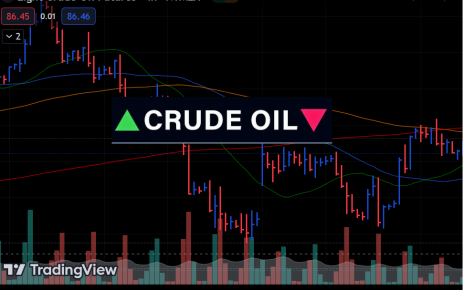- Wednesday’s US Consumer Price Index report reduced Fed rate cut expectations.
- Treasury yields rose to the highest level since November.
- The US PPI report revealed a mixed picture of wholesale inflation.
Interest futures fell on Thursday amid growing despair about the Fed’s rate-cut outlook. Investors have lost hope that the Fed will cut rates in June after data on Wednesday revealed high inflation.
Wednesday’s US Consumer Price Index report dealt a big blow to Fed rate cut expectations. It brought to light that the Fed still has more work to do to lower inflation. As a result, market participants expect the first rate cut in September. Consequently, Treasury yields rose to the highest level since November. This increase weighed on bond prices, leading to a big decline in interest futures.
US wholesale inflation (Source: Bureau of Labor Statistics)
Meanwhile, on Thursday, the PPI report revealed a mixed picture of wholesale inflation. Although this brought back some hope that inflation is on a downtrend, it is bumpy. Therefore, it does not instill confidence in policymakers to start cutting interest rates. Moreover, the economic indicators show a robust economy that might drive inflation. The labor market has performed much better than expected amid higher interest rates. Additionally, the economy has continued to grow.
Since there is little risk of a recession, the Fed has enough room to sit back and watch as inflation continues to fall. This means higher interest rates for longer. However, it also means uncertainty about the outlook for interest rate cuts in the US. The longer the Fed keeps rates high, the more the economy suffers, and yields rise. This, in turn, will keep weighing on interest futures.
Notably, Fed policymakers have expressed their lack of confidence in the progress to lower inflation. John Williams said there is no need to cut interest rates soon as inflation remains high. Meanwhile, Thomas Barkin noted little confidence that US inflation will reach the 2% target.
Elsewhere, some experts worry that the recent spike in inflation could be due to external factors. The ongoing Middle East tensions have led to an increase in oil prices. An increase in fuel prices greatly impacts inflation in the US economy. Therefore, it might lead to a more cautious Fed.
However, the longer the Fed waits to cut rates, the more likely it will start at an inappropriate time. The US presidential elections are looming large and might cause some economic disruptions. This would not be the best time for the Fed to reverse its monetary policy.





